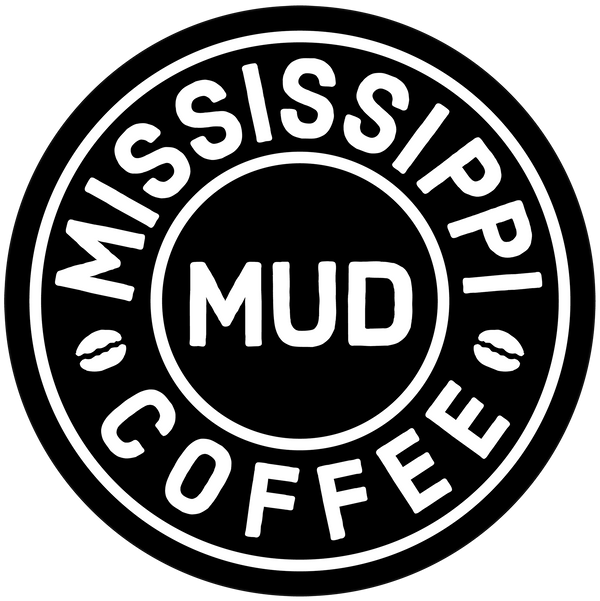Espresso Beans vs Coffee Beans

Share
When browsing for coffee, you’ll often see bags labeled espresso beans and others simply as coffee beans. But what’s the real difference between coffee and espresso? Are they interchangeable, or does each have a specific purpose?
Difference Between Coffee and Espresso

While espresso and coffee both come from the same beans, the biggest difference lies in how they are roasted, ground, and brewed.
- Roast Level: Espresso beans are usually darker roasted, which reduces acidity and enhances a deep, bold flavor. Coffee beans, on the other hand, can be light, medium, or dark roasted.
- Grind Size: Espresso requires a fine grind to ensure proper extraction under pressure. Regular coffee uses coarser grinds for drip, French press, or pour-over methods.
- Brewing Method: Espresso is made by forcing hot water through finely ground coffee under high pressure. This creates a small, concentrated shot with crema on top. Coffee is brewed more slowly.
Are Espresso Beans the Same as Coffee Beans?
Yes—espresso beans are coffee beans, but they are specifically roasted and prepared for espresso brewing. The key differences include:
- Flavor Profile: Espresso beans are roasted longer, leading to a richer, smoother taste with caramelized notes and less acidity. Regular coffee beans, especially lighter roasts, have brighter and fruitier flavors.
- Bitterness: Because of their darker roast, espresso beans tend to have a bitter taste, which some people love for its bold intensity. Coffee beans, depending on their roast level, can range from sweet and floral to bitter and smoky.
- Brewing Compatibility: While espresso beans are ideal for espresso machines, they can also be used in other methods like a moka pot or AeroPress. Regular coffee beans, especially lighter roasts, may not produce the same bold, crema-rich shot in an espresso machine.
Can You Use Regular Coffee for Espresso?
Yes, but with limitations. If you try using a light roast for espresso, you may end up with a shot that is too acidic or sour. These shots will lack the body and richness typically expected in espresso.
Additionally, grind size is critical. Ground regular coffee is often ground too coarse for espresso machines, leading to under-extracted, weak-tasting shots. Grind regular coffee beans to a fine consistency and use a moka pot or AeroPress for an espresso-like result.
For the best espresso experience, it’s best to use espresso beans designed for the high-pressure extraction process.
How Are Espresso Beans Made?
The journey from raw coffee bean to espresso-ready roast involves a few key steps:
- Bean Selection: Any coffee variety can be used for espresso, but blends are often preferred to create a well-balanced shot.
- Roasting: Espresso beans are roasted darker and longer, enhancing their caramelized sugars, reducing acidity, and bringing out a full-bodied taste.
- Grinding: Espresso requires a fine grind to ensure proper extraction under pressure. If the grind is too coarse, the water flows too quickly, resulting in a weak shot. If it’s too fine, the shot will be over-extracted and bitter.
- Brewing: Espresso machines extract coffee at 9 bars of pressure, producing a concentrated shot with a velvety crema.
Different Ways to Make Espresso
While traditional espresso machines are the gold standard, there are several ways to brew espresso-like coffee at home:
- Espresso Machine: Uses high pressure to extract a concentrated shot with crema. Best for authentic espresso.
- Moka Pot: A stovetop method that uses steam pressure to create a rich, bold coffee similar to espresso, but with a slightly different texture. Great for those without an espresso machine.
- AeroPress: By using manual pressure, the AeroPress can produce an espresso-like shot with a fine grind and short brew time.
- French Press (Not Ideal): While some people try to make espresso in a French press, the lack of pressure results in a much weaker and less concentrated brew.
For the best results, an espresso machine or a moka pot will get you closest to a true espresso experience.
Final Thoughts
So, what’s the takeaway? Espresso beans and coffee beans are technically the same, but espresso beans are roasted darker and ground finer for high-pressure brewing. If you love a bold, rich shot of coffee, dark-roasted espresso beans are your best bet.
Want to experience café-quality espresso at home? Browse our selection of espresso beans and find the perfect blend for your next brew. ☕

